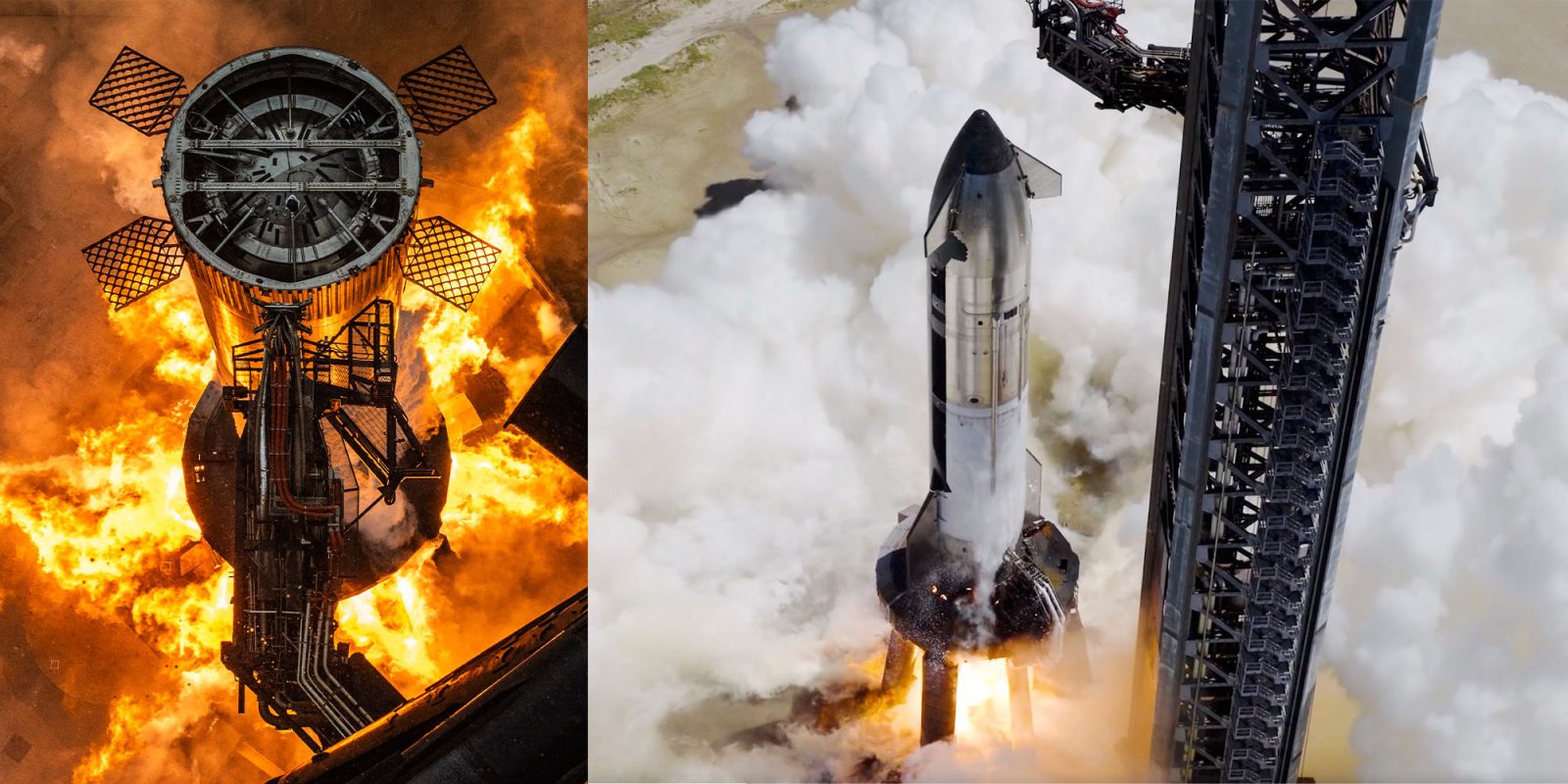
It feels like this year Starship has been moving at a snail’s pace with minimal achievements and multiple failures in flight and on the ground. However, this minor hiccup could be over as SpaceX is barreling down the road with its eyes on Starship Flight 11, happening as soon as early October.
One month ago, SpaceX launched its 10th test flight for its Starship rocket, an important launch not for the vehicle’s survival, as Elon would never let it die, but as a hope to get the program back on track and moving forward. The company has done just that.
Since the overall successful August 26 flight, SpaceX has gotten the rocket program back into the form we’ve all come to know, fast-paced testing. September 7, Booster 15 performed its static firing, and just the other day, on September 22, Ship 38 completed its static fire.
Both these static fires took place on Launch Mount A, Starship’s upper stage, known as the “Ship.” Typically, these are done down the road at the Massey’s test site. However, an anomaly earlier this summer destroyed much of the test hardware, requiring it to be rebuilt. That rebuild is underway and could be ready for SpaceX’s next Starship flight test campaign.
For Starship Flight 11, we expect a launch no earlier than October 13 as per a US Coast Guard Notice to Mariners. This was a one-week delay from the last notice, putting the launch as soon as next week.
With all things with Starship, timelines are fluid, and delays, launches, and tests can spring up at any time.
Space Explored’s Take
This timeline of testing and a new confidence in Starship is new for 2025. The year has plagued Starship with numerous in-flight failures, with most of the company’s missions being a repeat of the last one. With Flight 10’s success, SpaceX can finally get back to what made Starship launches so exciting to watch: a new challenge never attempted before.
This doesn’t put Starship out of the crosshairs of regulators; NASA is desperately relying on the rocket to meet its Artemis Moon landing timelines. In fact, the agency and agency watchdogs have pointed the finger at Starship as the leading reason for any yet-to-be-announced delays to the 2027 planned landing.
However, if there is one thing that has historically been bad for anyone to do, it’s to bet against SpaceX. Nothing the company has done has happened exactly when it wanted it to be done. That uncertainty comes with the territory of pushing what is possible.
With that said, SpaceX has a lot to do before 2027 to get Starship ready to land humans on the surface of the Moon. Between figuring out the yet-to-be-attempted in-orbit refueling and doing a test flight around the Moon, let’s just say that a 2027 launch date is optimistic at best and delusional at worst.
Congress has given NASA the mission to return to the Moon before China can get to it first. While you can argue that NASA has already beaten China to the Moon with its Apollo landings in the 1960s and 70s, it’s believed the next nation to land on the Moon will become the de facto leader in space exploration.
This is because whoever lands first will be able to set the norms for lunar operations, claim its “territory” (claiming territory on any planetary object is technically against the Outer Space Treaty), and draw the greatest support from other nations.
While NASA has some room to work with, the agency is notorious for missing milestones on major missions by many years. China, on the other hand, has historically been spot on with its timelines, and when push comes to shove, can kick things up into another gear to potentially get tasks done ahead of schedule.
That doesn’t mean China is ahead; the nation has a lot to get done, including flying its lunar rocket for the first time. NASA has already done that and is building and testing its lunar lander, which NASA is doing now. A lot can go wrong or right for each nation. Given NASA’s political challenges (new presidential or congressional directives), I would put the US and China as neck and neck for who will get to the Moon first.
FTC: We use income earning auto affiliate links. More.




Comments